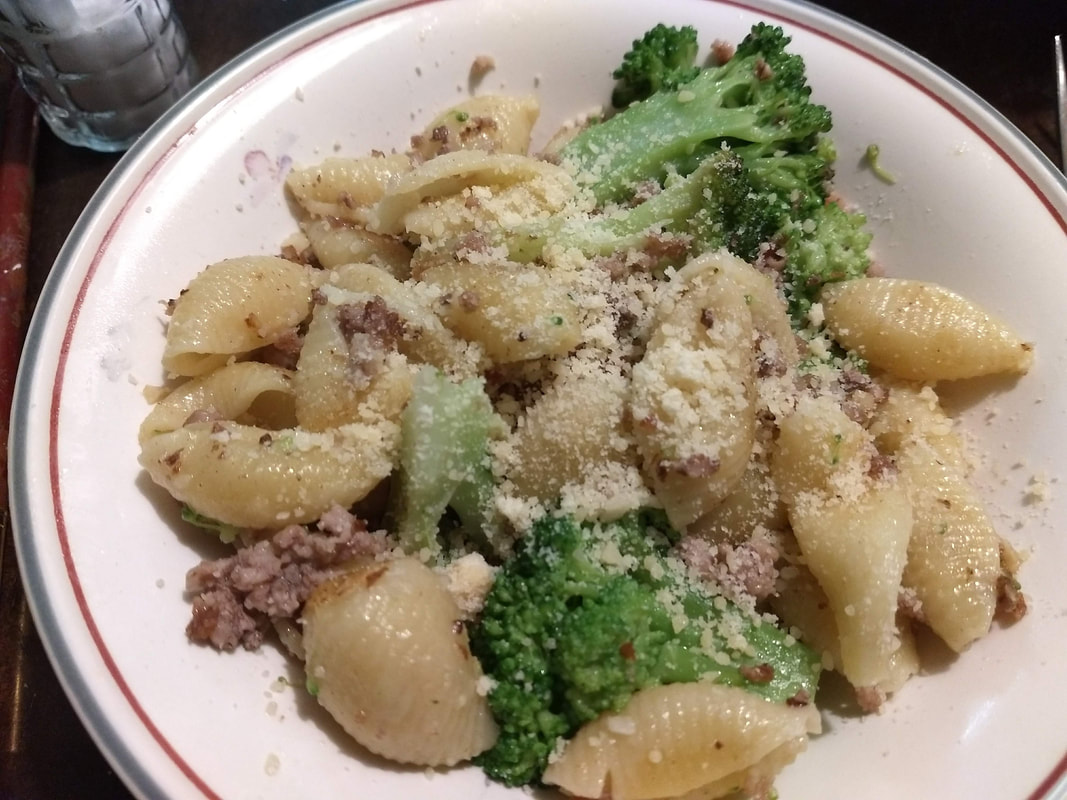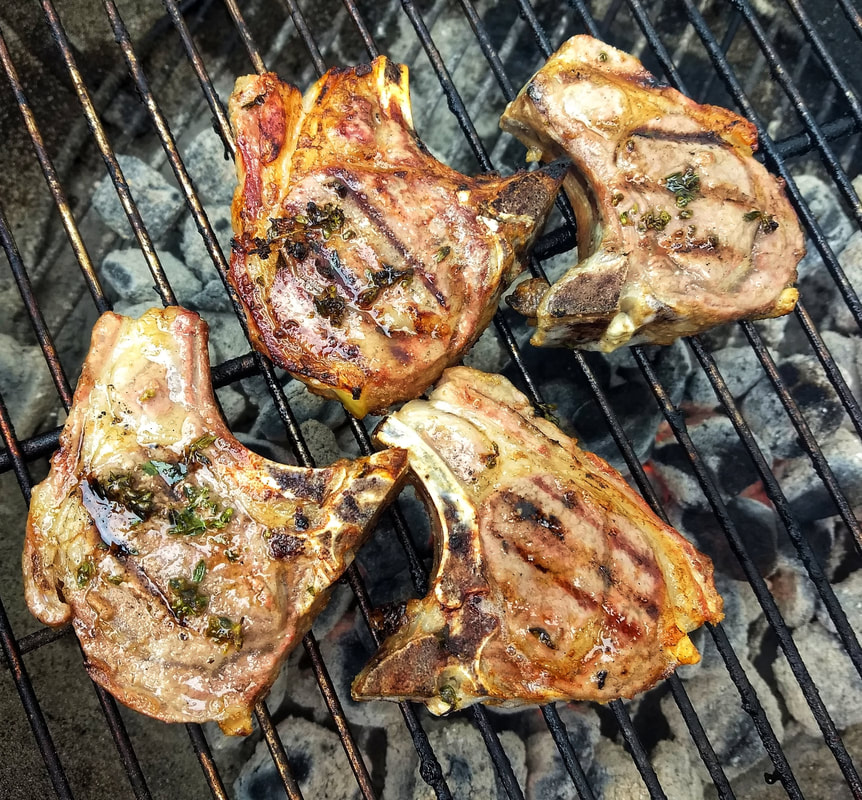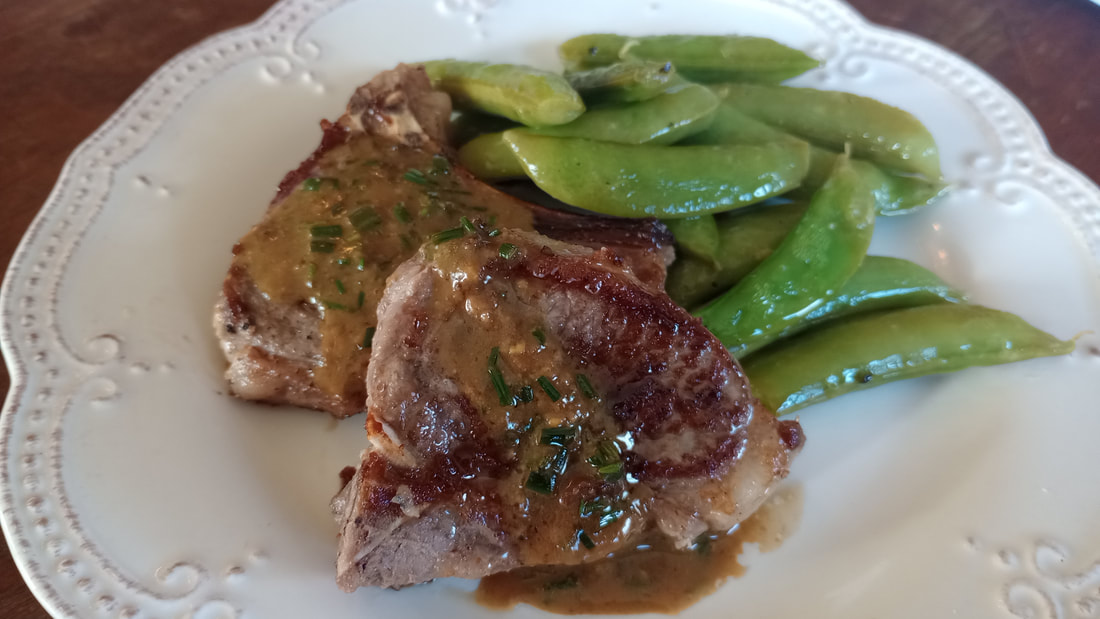
It was 2010 and I was in my college apartment. Mom had sent home produce from her garden- mostly cucumbers. Now, I liked cucumbers. They were a favorite even.
However, cucumbers were something to slice and put on a sandwich or to eat a few slices of from a relish tray. What was I going to do with FIVE of them??
Mind you, I was grateful. I had helped mom in the garden for as many summers as I could remember and I knew the effort it took to grow them. Furthermore, I was a poor college student, always nervous about making rent and paying the next semesters tuition. So of course food wasn’t going to waste on my watch.
And so, I ate those cucumbers. I piled slices on sandwiches until it was questionable whether the sandwich could really be called a turkey sandwich anymore of if I should just call it a cucumber sandwich. Then I ate them plain as a side dish. For a snack I sprinkled them with salt.
I peeled those suckers and made them my main course. Then I did it again with the next bag of cucumbers that came home with me. I really began to look forward to them. The more the merrier!
Now, 14 years later, I know a few other ways to utilize cucumbers. If I had only known then what I know now. Ha. But I reckon that was a cannon event. And honestly, plain or with salt is still my favorite way to eat a cucumber.
Looking back those cucumber filled days were the beginning of the shift in my relationship with vegetables. Growing up, veggies were something I ate a token portion of to say I did it. Some things I truly savored like fresh corn on the cob, cucumber on a sandwich or new potatoes but really, veggies – especially raw veggies - just weren’t something I ate a lot of.
Today, vegetables are a big part of what I eat. It’s been a slow but conscious shift.
In America it’s easy to skip veggies altogether and hardly realize it. In a culture where hot dogs & mac ‘n cheese is considered a complete meal, the days can fly by before you realize you haven’t had a vegetable all week. You have to actively work to keep veggies a relevant part of your diet.
Slowly, over the last 15 years, I have learned that I feel so much better when I DO get those veggies in.
That truth was really driven home for me this spring when, thanks to the National Young Farmers Coalition, I had the honor of visiting Washington DC to speak with my congressional representatives about land access. For the 3 days that I was in DC, the NYFC organized most of my meals. Now I wasn’t looking forward to eating out for 3 days. Typically more than one ‘restaurant meal’ in a row has me feeling pretty blah. However, we were served meals from places like The Halal Guys and Dukem Ethiopian Restaurant. These meals were heavy on the veggies and honestly I have never felt better after days of eating out than I felt after that trip.
I came home with a renewed conviction to put the effort into serving both myself and my family an abundance of veggies.
A few things I have learned over the last 10-15 years that help me keep veggies relevant in our meals:
- Plan/cook the veggie part of the meal first: I have found that when I am tired and in a hurry, I often only have the bandwidth to prepare 2 dishes for a meal. After preparing meat and a carb like potatoes or pasta, the veg often got left out. So now I start with the veggie and occasionally we skip the meat or the carb but more often than not I find that those 2 aspects of a meal fall into place on their own. And honestly, if we skip meat or carb once in a while, is that really a bad thing?
- Raw veggies as a side dish to your meal: it took me a long time to realize that I could simply slice a cucumber, carrots, cabbage, bell pepper or even just offer up a bowl of snap peas, cherry tomatoes or even raw green beans as a side dish to a meal
- Relish tray snacks: snack time has been a struggle for me ever since the kids started eating solid foods. The ‘snack’ aisle at the store is my least favorite place to shop and here I was serving So. Many. Snacks. Aka So. Much. Junk. Food. Figuring out 3 snacks a day and keeping it interesting and not totally bogged down in junk and sugar can take A LOT of mental energy. This bothered me for a long time. Then one day I was looking at a small, cut glass serving tray I inherited from my grandma and lamenting how I wouldn’t have much cause to use it. Then it hit me – why not create a mini relish tray for snack that day? I served up carrot coins, apple slices, cheese cubes and a few crackers and…… The kids LOVED it. These mini relish trays have become an almost daily occurrence and the kids and I both eat more veggies because of it. The trays vary based on what I have in the house but generally always have one or 2 veggies, a fruit, a cheese or meat (most often cheese but sometimes we have summer sausage or ham on hand), and a carb (ex. Pretzels, oyster crackers, saltines).
- Not every meal has to ‘make sense’: For a long time I thought that I had to serve sides that ‘made sense’ with the main course. For example, many people eat pizza as a standalone meal and if there is a side that does ‘go with’ pizza, it would probably be a lettuce salad. But one day when I was feeling the lack of veggies but also wanted to use up the leftover pizza in the fridge I thought “why can’t I serve steamed cabbage or corn on the cob or anything else for that matter with the pizza?” Who decides which foods 'make sense' together anyway? I decided there was no good reason and so now you may find any manner of sides with pizza in our household. And yes, I know we could just pile veggies on our pizza –and sometimes we do – but sometimes you just want a piece of pepperoni pizza without all the extras, ya know? So for us, serving whatever veggie is available at the time works. Same is true with tacos, spaghetti, chicken pot pie and on and on.
Now this is an abbreviated version of my food journey. I didn’t go from suspicious kid asking how many bites I had to eat to vegetable devotee overnight. My journey took me through food courts in college, a roommate with Celiac disease who vastly expanded my ideas of food and cooking, my first garden of my very own at my first home post college, to preserving what I could from my garden, to the farmers market first as a customer and then as a grower, then into motherhood and the journey continues to this day.
Now, don’t get me wrong, vegetables aren’t the only foods we need in our diets but it seems to me, that in my house at least, meat and grains fall into our meals easily enough. I feel strongly that we have to fight to keep fruits and vegetables a daily part of our diets. And my body and my brain feel so much better when I engage in that fight.
Well now, that pile of cucumbers that I harvested sure did take me down a path didn’t it? We missed seeing you at market this week but hope you had a Happy Independence Day! We look forward to seeing you at Produce in the Park this coming Thursday July 11th. We’ll have cucumbers ;)
Your Farmer,
Emily






























 RSS Feed
RSS Feed